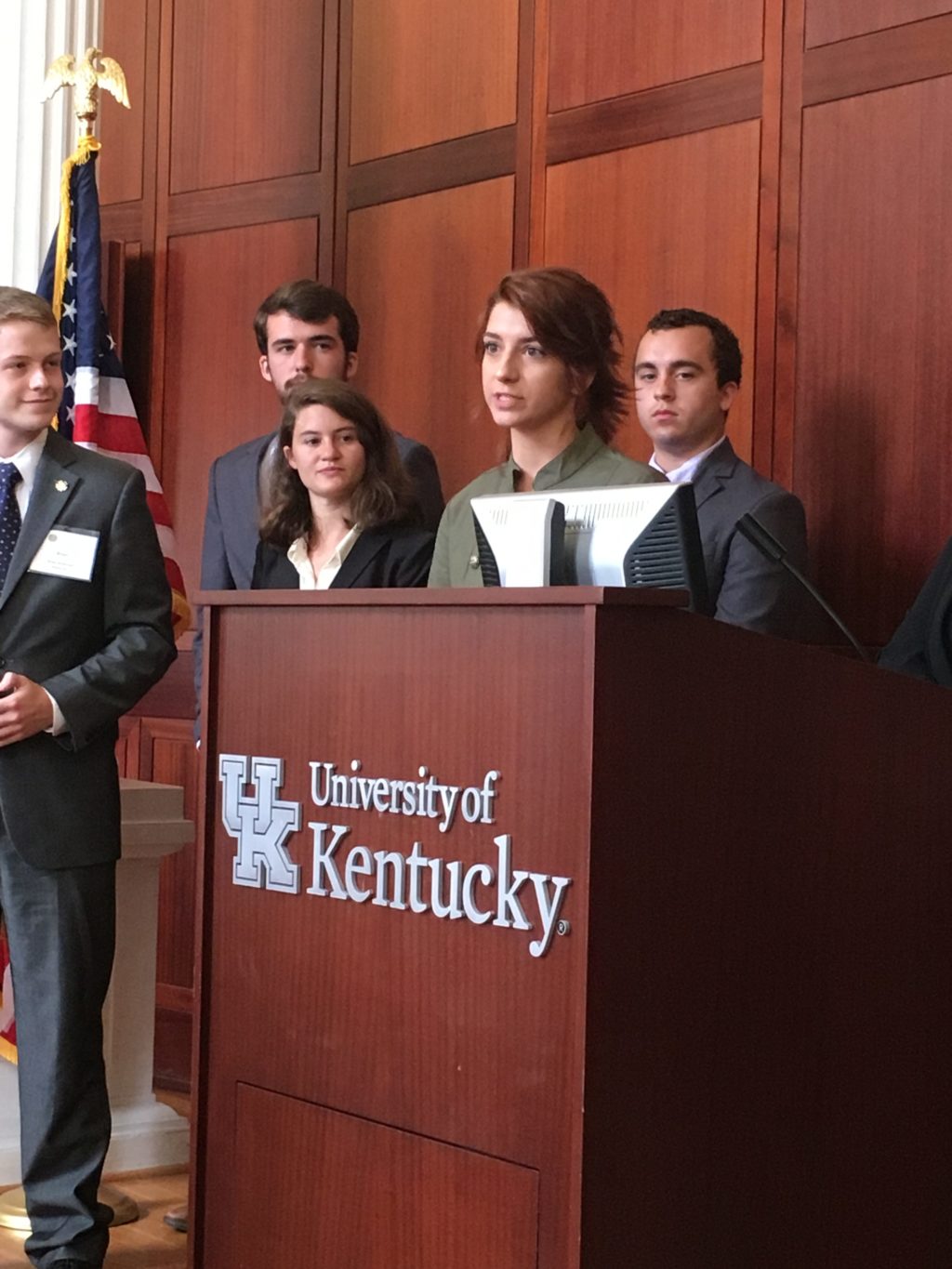
10 Apr The Road to Compromise (Part 1 of 4)
In the summer of 2017, the Henry Clay Center for Statesmanship College Student Congress attendees were tasked with finding bipartisan solutions to some of the most complex issues facing the nation – healthcare, foreign intervention, national debt, and transportation. Students first developed policy proposals along partisan lines, and then came together in a series of negotiations during which the partisan plans were merged into a single policy compromise amenable to both groups.
These negotiations among talented college students produced new and creative solutions to major national issues, proving along the way that partisan values need not be abandoned to reach compromise, and that mutually beneficial compromise is in fact achievable.
As the 2018 College Student Congress approaches, we will be highlighting a different policy solution developed by our 2017 College Student Congress attendees. It should be noted that the policy solutions presented in this series are mere summaries of the proposals that resulted from hard work by dedicated groups of students who were constrained by both time and resources, and do not fully capture the level of detail and commitment each group invested in their solutions. Up first, transportation.
Transportation
The major issues identified by students in the political debate on transportation were infrastructure, congestion, and greenhouse gas emissions. While transportation is of universal importance to Americans, there are differing approaches regarding the funding and implementation of transportation policy.

The initial conservative student proposal focused on the following principles:
- Lowest qualified bidder stipulation to federal funds.
- Require recipients of federal funds to match every dollar received.
- Conduct a cost-benefit analysis to create goals for how each individual state can increase efficiencies, invest in new technology, and create new jobs. States that achieve these unfunded objectives will earn a performance bonus that can be allocated for infrastructure projects.
- Designate additional grant money to states for construction of farm-to-market roads and school roads.
Meanwhile, the initial liberal student proposal centered on the following objectives:
- A one dollar increase is imposed on the national gas/diesel excise tax for an indefinite period.
- A projected 129 billion raised per year is allocated for a federal grant program.
- Funds are split evenly between proposals for rural infrastructure and urban public transportation projects.

Due to the unique geographic make-up of states represented in the transportation groups, issues pertaining to rural versus urban infrastructure development quickly came to the fore throughout the negotiations, as did traditional political stances on taxes and emissions.
In the end, the liberal and conservative groups created a policy proposal that compromised on four major areas: a federal motor fuel tax, a green-for-green rebate program, grant funded infrastructure programs, and a task force monitoring grant implementation.
While the liberal group favored an immediate $1 increase for a gas tax compared to the conservative group’s preference for a $0 increase, the groups compromised on an incremental increase of $0.25 of the tax every six months over two years, divided evenly between the fuel tax and the diesel tax. It was determined by the groups that an earned income tax credit (EITC) would negate the effects of the higher gas tax. The distribution of revenues from the increased tax were settled at 25% for rural applicant priority for roads and bridges, 25% for urban applicant priority, 49.806% for anything infrastructure, and 0.194% for a Green for Green Program.
Under the student plan, only energy efficient EPA-certified Green vehicles are eligible for the Green for Green Rebate Program, in which consumers receive a rebate of 2% for every used “green” car purchased and 4% for every new American GDP contributing “green” car purchased. Appropriation for this program was capped at $250 million.

The students also created a so-called Fill-a-bus-ter Program to increase community residents’ access to reliable public transportation through both routes and hours of operation, particularly for low-income residents. Requirements of the program included giving priority to community projects that incorporate green technology and presenting reports on how project implementation will reduce the carbon footprint of a community as well as affect traffic congestion, transportation-related fuel emissions, and availability of public transportation.
Finally, the liberal and conservative student groups agreed to create fifty state-led task forces to include local governments, NGOs, education leaders, and other relevant stakeholders to determine ways to reduce congestion and carbon emissions within their communities.


